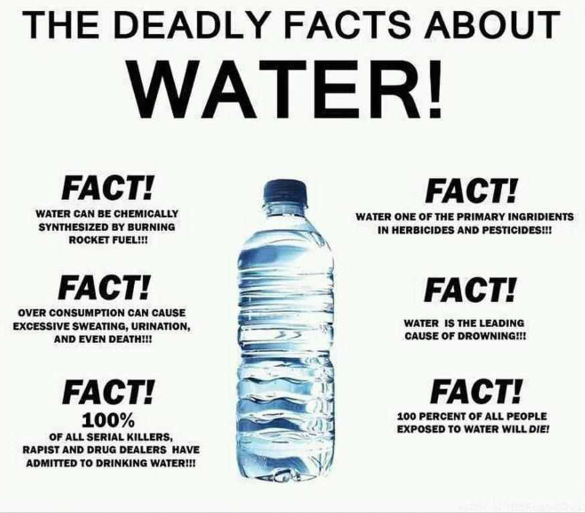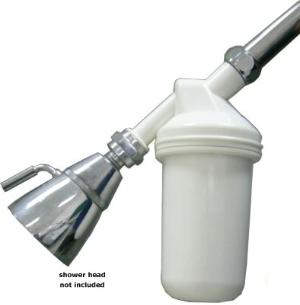Water Conservation Ideas Offered for Texas Legislature
by Kate Galbraith
Reprinted from Texas Tribune, January 3, 2013
Editor’s Note: This excellent piece on the management of Texas’ water dilemma reveals the difficulties faced in Texas and across the nation by lawmakers. Water policy, though of supreme public importance, does not fall outside the realm of politics. As the article shows, no matter how sane the plan or how necessary, it usually bumps against someone’s vested interest in keeping things the way they are. Placing restrictions on the massive watering of golf courses makes perfect sense, unless you own a golf course, or a business that is helped by a nearby golf course, or you sell sporting goods or irrigation equipment or turf, or if you play golf. — Hardly Waite.
Using less water is the cheapest way to meet Texas’ long-term water needs. The state water plan envisions nearly a quarter of Texas’ future water supplies coming from conservation. So what could and should Texas lawmakers do to promote the idea of saving water?
This is a tricky question, because conservation is generally the domain of local authorities. The nature of water supplies varies tremendously from place to place. Some towns may have fairly stable reservoirs, while others draw from diminishing aquifers. So local groups maintain day-to-day management of their water supplies, including ordering restrictions at times of drought (as many Texas cities have).
But environmentalists and some lawmakers say the state has a key role to play in promoting conservation. Blanket statewide watering restrictions seem politically infeasible, given the unpopularity of mandates. But other options abound. State Rep. Lyle Larson, R-San Antonio, has filed a bill to create a sales-tax exemption for water-saving appliances sold over Memorial Day weekend, and environmentalists’ other ideas (not yet in bills) include requiring farmers to put meters on their water wells and preventing homeowners’ associations from barring drought-resistant landscaping. Improving how Texas measures water use and water savings is also high on the agenda of the Water Conservation Advisory Council, a group that brings together representatives of numerous state agencies.
Texas has passed water-conservation bills in the past. In fact, Texas and California rank first among all states in water efficiency, according to a September report from the Alliance for Water Efficiency. Texas accumulated points for laws such as requiring water utilities to audit their water losses and limiting the amount of water that toilets and urinals can use. (A 2009 measure by state Rep. Allan Ritter, R-Nederland, tightened the limits, some of which take effect in 2014.) The Legislature created the Water Conservation Advisory Council in 2007; last month it produced a report filled with recommendations for the Legislature.
But Texas, with its fast-growing population, needs to do more, water experts say. “Even though we’re requiring [utilities to have water conservation plans and] we’re requiring reports on implementation, at the end of the day there is just not enforcement of any of those things,” said Carole Baker, executive director of the nonprofit Texas Water Foundation. Requiring more consistent implementation of water conservation plans is one area where the Legislature could act, she said.
Texas has worked on standardizing its water information. Senate Bill 181, passed in 2011, requires the state to develop a consistent method for tallying water use and conservation, for example by breaking data into categories like residential single-family use, multifamily residential use and agriculture. Senate Bill 660, also passed in 2011, clarified requirements for reporting on water conservation.
Larson has also filed a bill for the upcoming session requiring utilities to better project future water shortages by assessing how long their current supplies can last.
The nonprofit Environment Texas offers a range of conservation-related proposals for the next session. Among them: ensuring that homeowners’ associations allow drought-resistant landscaping; prodding cities to adopt plans to limit per-capita water usage; and requiring farmers to put meters on their wells.
The metering proposal would not go down well with farmers. “My members will oppose being required to put meters on the wells,” said Billy Howe, the state legislative director for the Texas Farm Bureau. His group would support state funding to help farmers switch to less water-intensive technologies, through research or other means.
Proposals by Environment Texas to limit the use of fresh water for hydraulic fracturing during droughts and require new power plants to study less water-intensive cooling technologies, would probably meet industry resistance as well.
Water conservation is also likely to enter the broad debate over funding for water projects during the session. Lawmakers are discussing whether to allocate $1 billion or more from the state’s Rainy Day Fund to create a revolving fund for water infrastructure projects, such as building desalination plants or pipelines. Environmentalists want conservation projects to be prioritized when the funds are doled out.
Gazette Fair Use Statement
![Salmon.Sized_[1]](http://purewatergazette.net/blog/wp-content/uploads/2013/01/Salmon.Sized_1.png)








![rc400[1]](http://purewatergazette.net/blog/wp-content/uploads/2012/12/rc4001.jpg)

